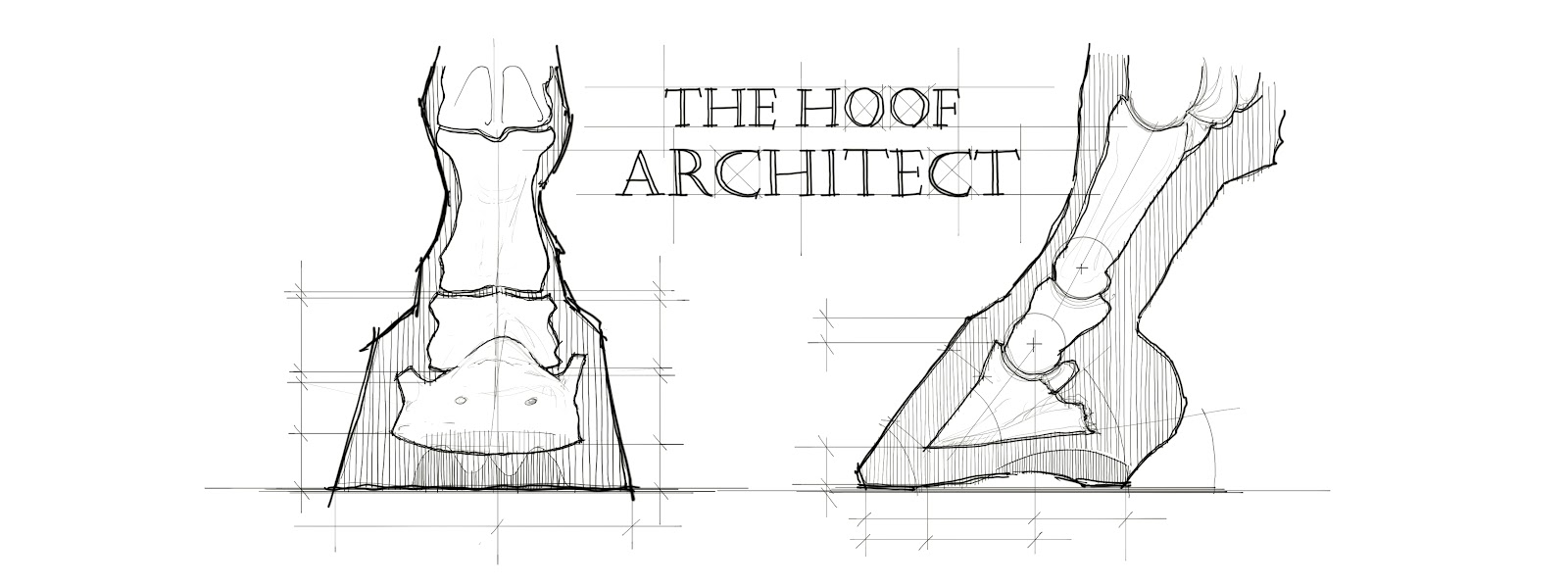Rotation Rotation Rotation

We keep reading about rotation everywhere. It is being brought up when talking about laminitis, about trimming, about DDFT tension. Interestingly, when we analyse closely, we realise that people use that term to describe a couple of totally different parameters of the hoof: some people refer to the palmar/plantar angle, some to the phalangeal alignment, and some to the P3/dorsal wall alignment. So what is rotation, what does this term really refer to? Despite this word being used so commonly, there is so much chaos and misunderstanding surrounding it. And those misunderstandings feed even more misunderstandings and create more chaos. So let's first break it down. 1. 'Rotation' meaning hyperpositive PA? 2. 'Rotation' meaning broken forward HPA/flexed coffin joint? 3. 'Rotation' meaning misalignment between the dorsal edge of P3 and dorsal hoof wall? A set of 6 very different x-rays with the 3 different 'rotations' marked. Which parameter should we re...
